More Paint stripping and equipment stock up
A while ago I stocked up on equipment, to continue the work on the miniatures. Somebody gave me the hint to use nithril gloves instead of the regular latex ones. They are a bit more sturdy, that is clear, but the aceton dissolves the glove and an black oily smear goes onto the miniatures and tools, as you can see from the head of the tooth brush.
I sorted out another batch of miniatures, that neaded a bit of treatment. Before I gathered the Oldhammer miniatures for Abaddon's Black Legion, I collected some 2nd edition Eldar, as those were my first army back in the day. High point costs meant less miniatures to buy for an army and that seemed like a good strategy.
Preparation is key. When you strip metal miniatures and use a liquid that disolves plastic, you want to get rid of anything that would irritate the acetone / brush cleaner, like the base. They will partially disolve and be a gooey left-over within the pile of miniatures and stripping agent. So remove them, if you can take the miniatures apart, do so as it will be easier for the paint in the recesses to be reached by the acetone.
Fill the jar, give it a gently shake for the pile to settle and fill it up so that the liquid covers the miniatures and put a lid on it. In some case a bit of warmth can support the process, to placing the jar near a heater on medium heat would be recommended.
So with using a steel brush, dental tools and some elbow grease I was able to get a very pleasant result.
And that wasn't the only batch, that I worked on. Of the lot below, most of the miniatures already moved to the next owner, primarely the overstock of the Imperial Guard.
So, the invest into the new gloves was rather unsatisfying, as they last a bit longer but react with acetone. The cleaner worked properly as usual. You can sometimes re-use the liquids, depending on the "impurity" afterwards. So a fresh batch is usually more effective.
As for the tools, a mix of an old tooth brush, a steel brush and some needles or old dental / sculpting tools to remove paint residue in the gaps and recesses is a solid way to approach metal miniatures. With plastics or resins you need to be a bit more careful not to scratch the surface. As my electric tooth brush has broken down, I have to see how a ultrasonic one works in the cases.
I still have to use Isopropanol on a larger scale, so far I only did on small patches and parts, as you can see in the Rhino article. The Eldar had quite a solid part of plastic kits early in the day, with jetbikes later followed by Vypers and Falcons, which are part of the project above.
When working with acetone or similar liquids, be sure to use the proper safety measures. Wear at least gloves, make sure the area you are working is properly ventilated (so work in a space, where you either have an open window, door or fume hood). Having a respirator mask and maybe safety glasses will be benefitial as well (they are part of my regular equipment, when I work with resin, to avoid getting resin dust into my eyes, airways or membranes). As the liquids irritate your skin quite a bit, it is important to use a cream afterwards, to help restore the natural grease of the skin / you hands.
And it goes without saying, dispose the cleaner afterwards in the proper way of your local regulations (don't pour it down the drain, as it might damage your installations and will cause a hazard to the sewage).
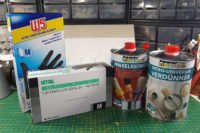
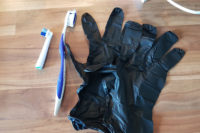
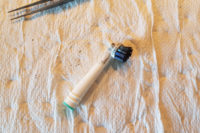
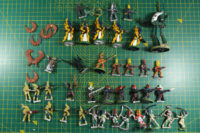
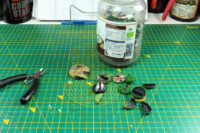
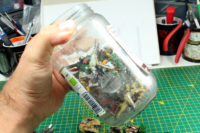
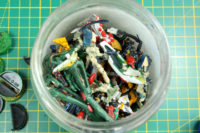
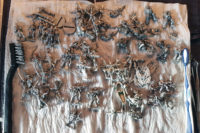
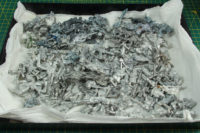
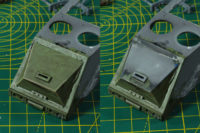












Leave a Reply